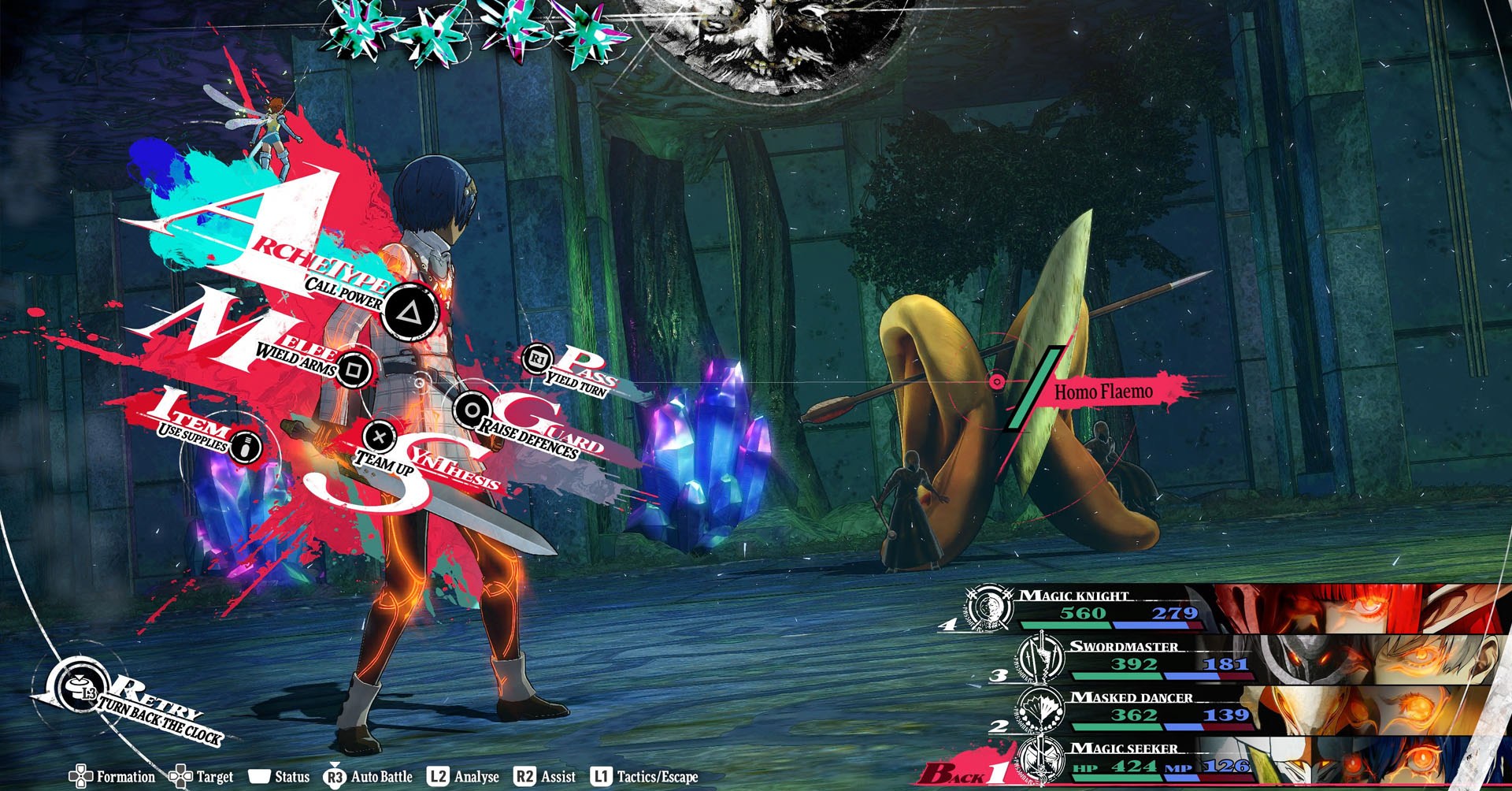Metaphor: ReFantazio, the 2024 massive RPG hit made by Studio Zero and published by Atlus, sailed from critical acclaim to Game Awards glory to a marquee debut on Xbox Game Pass. The game’s legs are a testament to Katsura Hashino, Shigenori Soejima, and Shoji Meguro – the same folks responsible for the more recent Persona games – who elevated Metaphor into a work of art.
Metaphor was born from the team’s desire to create and understand what a “fantasy” is. An idea that, although one of the core themes in the narrative, has a more elegant representation in Metaphor: ReFantazio‘s Seeker Archetype.
There are many RPG games that use class systems – also called job systems – to give players more space to be creative when it comes to combat. The concept has changed over the years from classes being tied to a character to classes working as shifting roles within a party. Even so, regardless of how innovative the list of classes in a game could sound, from Octopath Traveler‘s Starseer to Bravely Default‘s Performer, they are usually designed around their combat capabilities.

In Metaphor: ReFantazio, the Archetypes aren’t too different. Working similarly to other job systems, every character can learn all available Archetypes. Among them, we find some classic concepts, like Knight, Thief, Mage, and Healer. However, it is the initial Archetype given to the protagonist, the Seeker, where Metaphor‘s ideas shine. This Archetype is not meant to represent what the character does in combat, but how they see the world.
Earlier this year, we had the chance to send a few questions to Studio Zero and we asked them about this specific Archetype, which represents something far greater than just a play option.
“I think that to create a fantasy, you first need to be curious. You must push the boundaries of reality and imagine all kinds of things, like what it would be like if there was magic or monsters. I set the Seeker with the idea that the theme of this work, ‘the power to face anxiety’, comes from the idea that we should try to explore what kind of world it is for the people who live in it, and how it can be changed. I think this is connected to the sense of exploration that we wanted to have when we took on the fantasy genre.”

As a combat stance, the Seeker causes Slash damage with their basic attack or Wind damage by using the Cyc magic. This Archetype also offers solid support skills for the first battles in the game, being capable of healing and buffing party members. But they haven’t been designed to represent a sword wielder or a duelist of some sort. Although useful in battle, the Seeker is above all the spirit of fantasy, the materialization of one’s capacity to fantasize.
By setting the Seeker as the protagonist’s signature Archetype, Studio Zero shows us how they used all elements in the game to make a claim about the game’s central themes. The willingness to challenge the unknown, and to look for what one desires, is what the Seeker represents. Their fighting capabilities are secondary, the methods given to them to accomplish such ideals.
The Seeker is the quintessential representation of the ideas behind Metaphor: ReFantazio. That’s exactly what fantasizing means and the conclusion Studio Zero arrived at after completing this project. By understanding it not as a noun, but as a verb, Studio Zero invites us to fantasize about a better world and to seek it wherever and however we can.
The post The Seeker in Metaphor: ReFantazio is more than a class — it’s a manifesto appeared first on Polygon.




